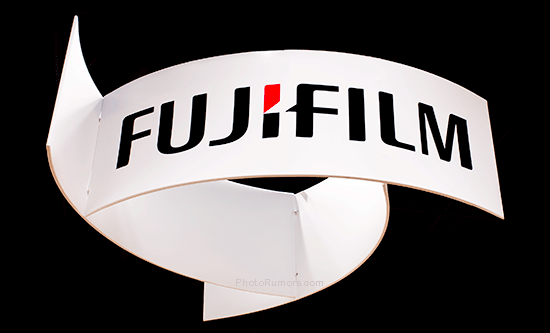
Dpreview published their interview with Toshihisa Iida, General Manager of Fujifilm’s Optical Device and Electronic Imaging Products Division. Here is the excellent recap from FujiAddict:
- Fujifilm has announced many important X cameras at Photokina including the X100 and GFX50S
- Fujifilm will never enter the full-frame market because it will cannibalize their APS-C or Medium Format systems – see also this related post:
- Not many photographers are moving from X series APS-C cameras to Fujifilm Medium Format at this time, most are coming from other full-frame systems.
- When they announced the Fujifilm GFX50S they Fujifilm had a lot of requests for a rangefinder style camera, which is why the Fujifilm GFX50R was developed.
- Fujifilm GFX50R is designed for one hand usage and is best for street, reportage and portrait photography.
- The Fujifilm GFX100S is more SLR like and will have a detachable viewfinder like the GFX50S, but it will have an integrated battery grip for more capacity to support the images stabilization system that needs more power.
- GF lenses were designed for a 100MP sensor because they always planned to make the leap when the sensor became available.
- Designing an IBIS system for a 100MP medium format sensor was a challenge that had to be overcome too.
- Fujifilm used their knowledge from the Fujifilm X-H1 to help design the Fujifilm GFX100S IBIS system.
- The Fujifilm GFX100S EVF will be a big step up over the GFX50S because the sensor readout speed is very fast and the new X Processor 4 is very powerful.
- Fujifilm is putting a lot of effort into developing video capabilities and they hope to attract videographers/cinematographers to the GFX with features like the first medium format camera to shoot 4K/30p.
- Developing cine lenses for the GFX is technically possible, but not a priority at this time.
- Many videographers contacted Fujifilm after the announcement fo the Fujifilm GFX100S because they are looking for something more to stand out.
- SD media and HDMI output are enough for now and can support the GFX100S just fine.
- Fujifilm doesn’t allow open development for their mounts yet, but they might in the future.
- There will be more compact GFX lenses coming in the future.
- Fujifilm watches the whole market including cell phones when designing cameras because they do not want their entry-level cameras cannibalized by cell phones.
- Cell phones are their biggest competitors and not other manufacturers.
- Fujifilm might have to develop a new camera to satisfy cell phone shooters. (Maybe a Zeiss ZX1 type camera).
- They might make an interchangeable lens instax – see also this related post:
- The Pentax Q didn’t deliver enough image quality with its small sensor to be a competitive interchangeable lens camera.
- Fujifilm prioritizes optical quality over size and they use minimal software correction as a policy at the moment, which is unlikely to change and is why they are in APS-C market. They can make small lenses without a lot of software correction for APS-C.
- Building fast glass is difficult because of the heavier elements and more powerful focus actuators needed within a limited amount of space.
- Making the Fujifilm GFX more capable as a video camera is difficult because they will have to optimize their lens design with the use of things like more aspherical elements along with other technologies.
- Fujifilm could make dedicated video cameras, but they do not have concrete plans at this time and they will have to better understand the needs/requirements of videographers before getting more serious about a dedicated video camera.
Source: DPReview, via FujiAddict







